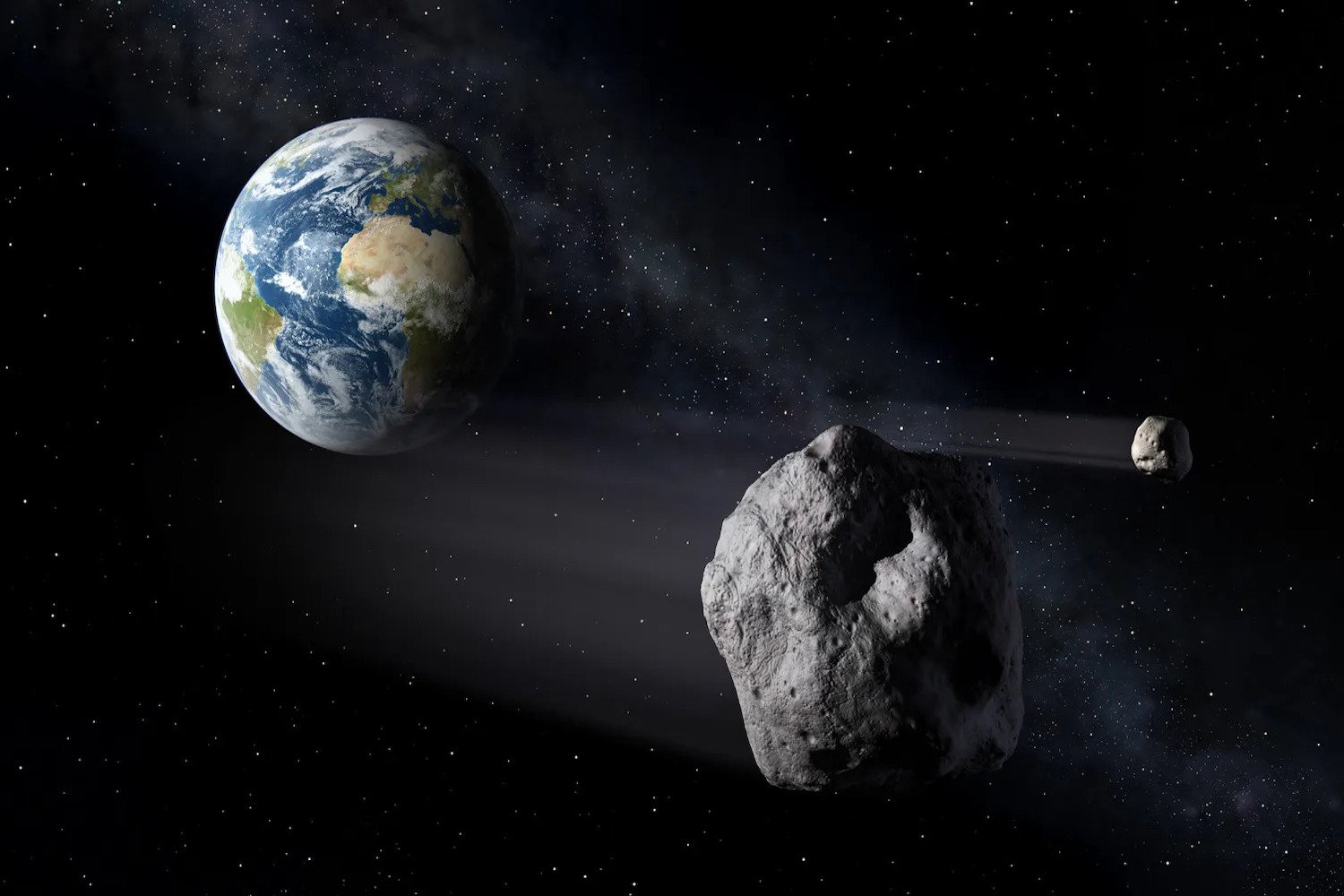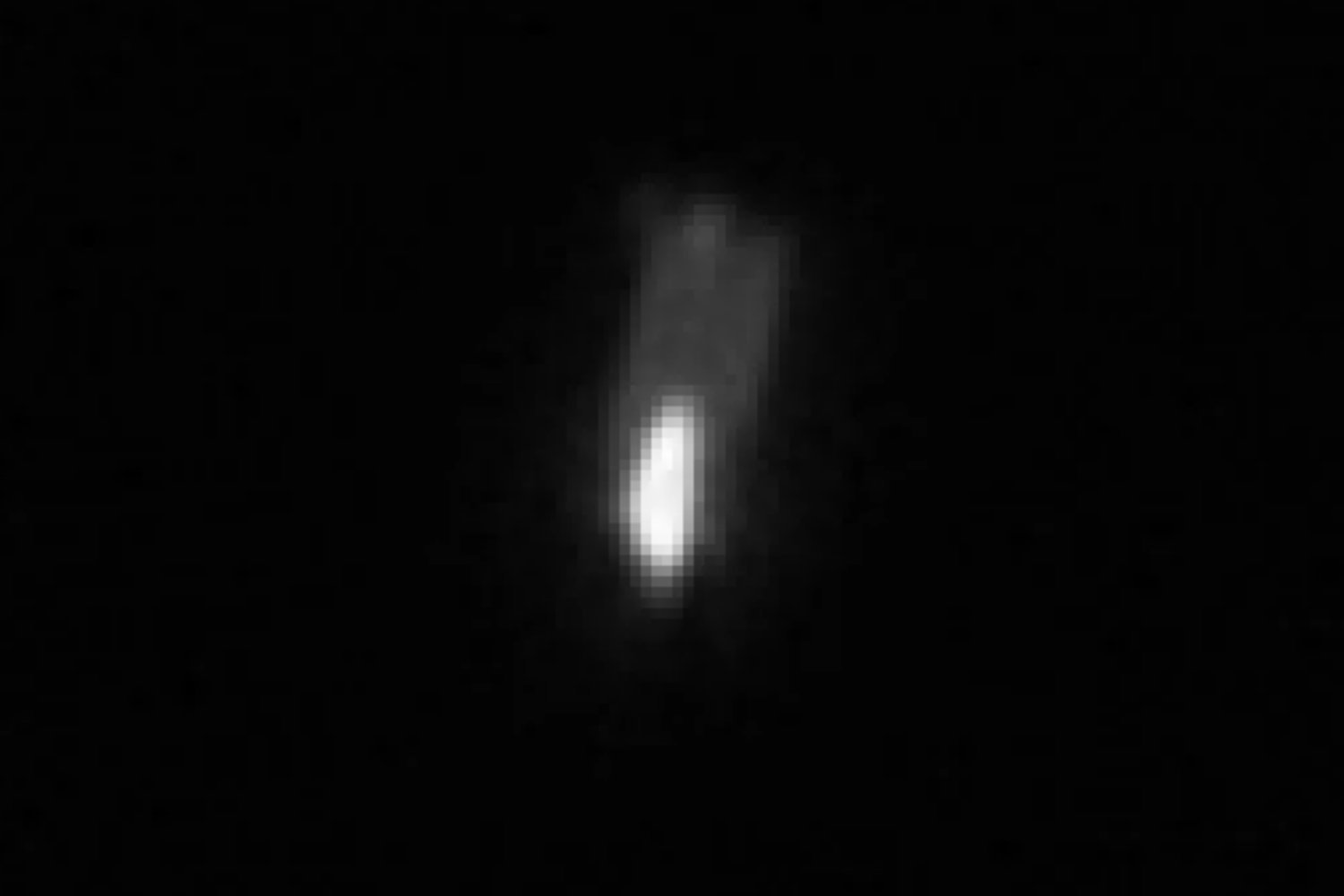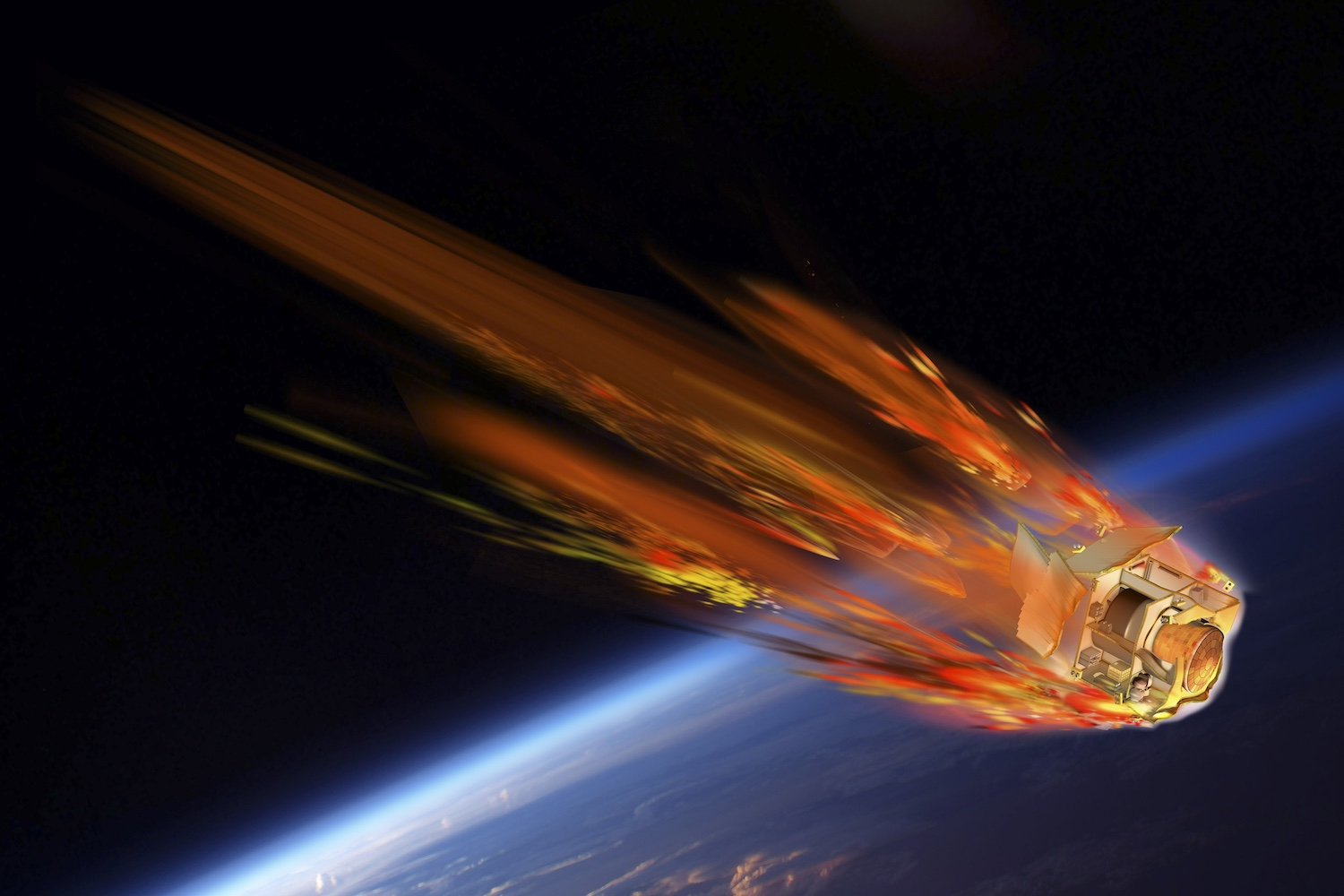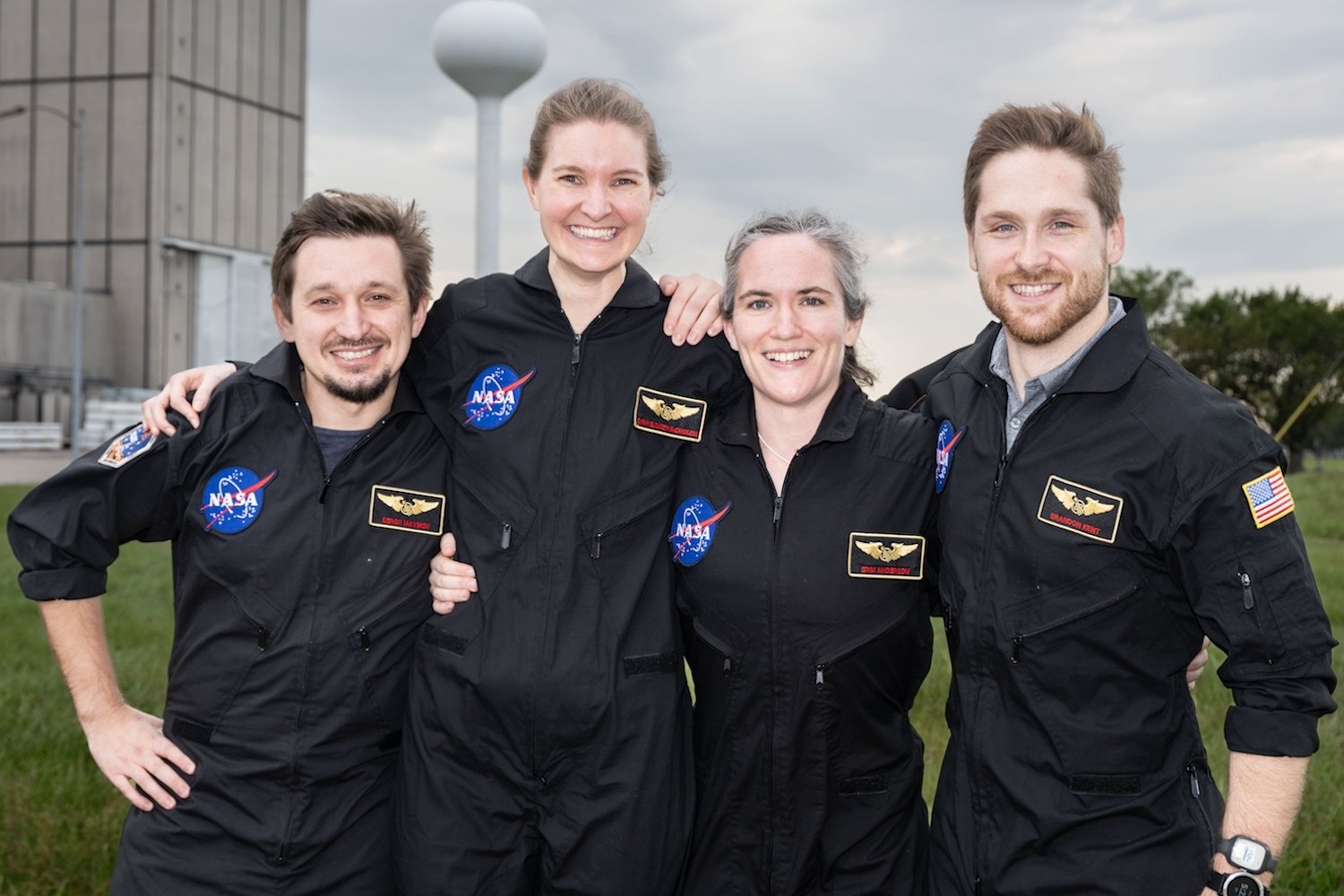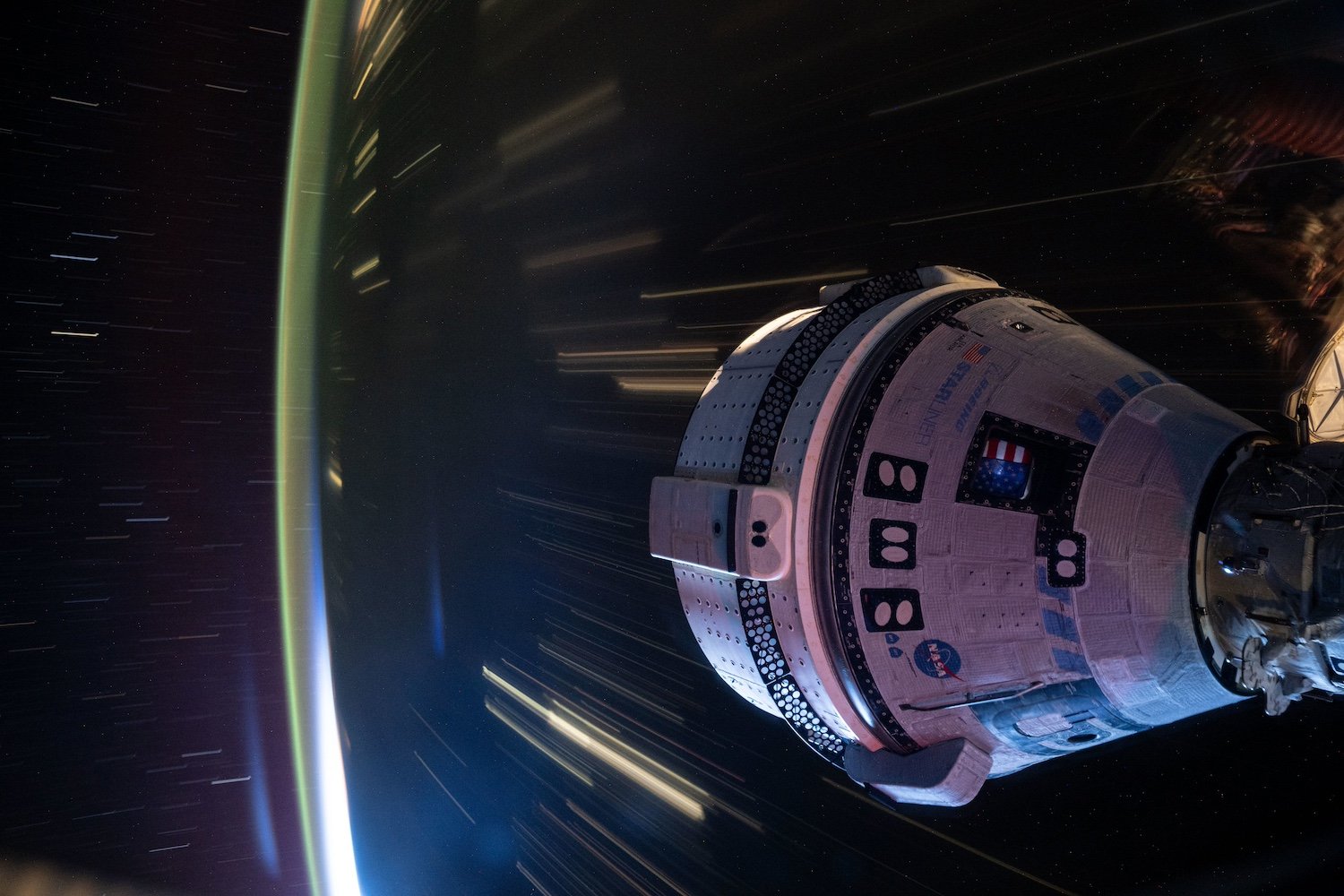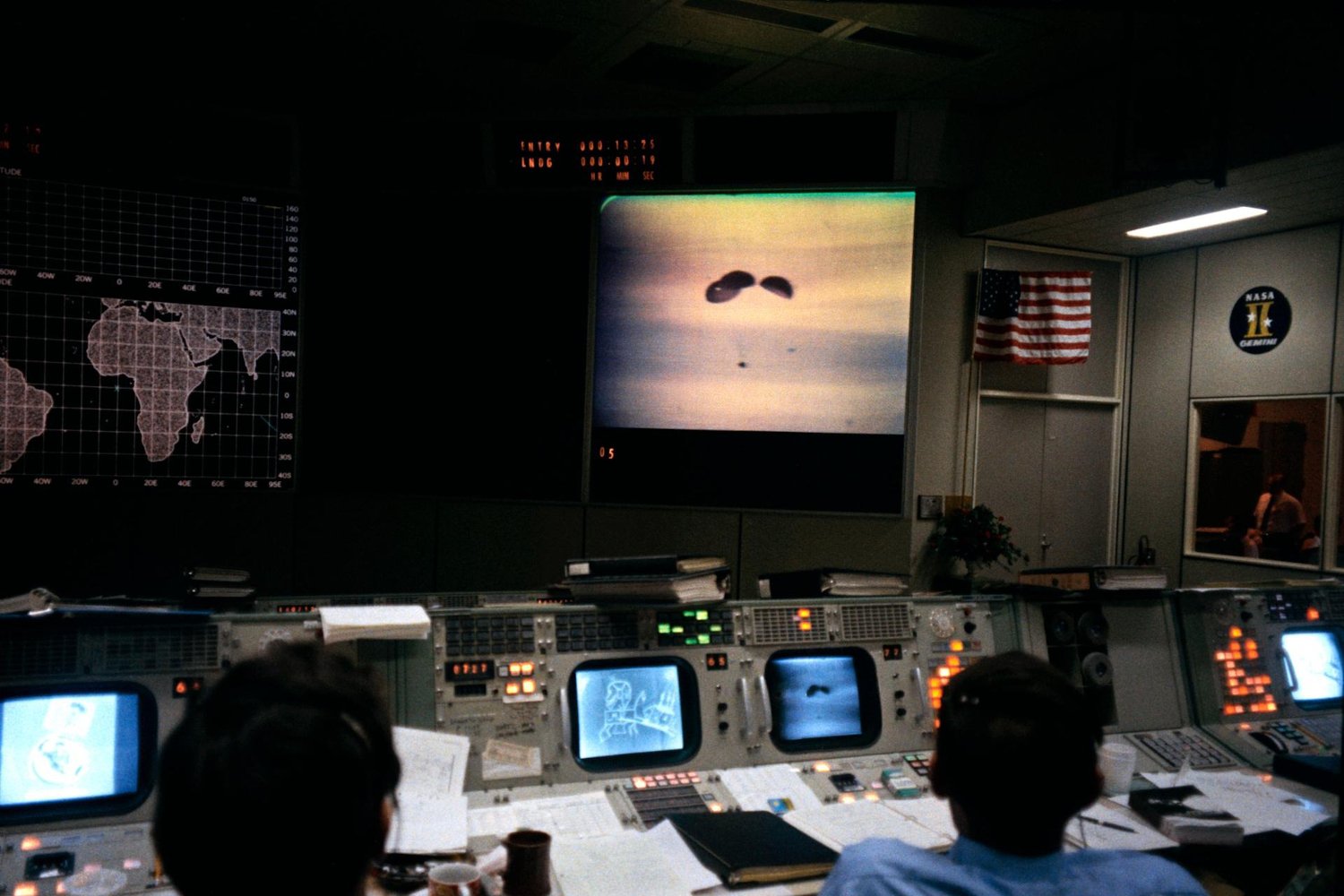The 1998 film Armageddon, while scientifically flawed, may have stumbled upon a kernel of truth about planetary defense: nuclear explosions might hold the key to deflecting dangerous asteroids. New research suggests that high-energy X-ray pulses, generated by a nuclear detonation, could be a viable strategy for protecting Earth from a catastrophic impact.
The research, led by Nathan Moore at Sandia National Laboratories, explores the potential of X-rays to deflect asteroids. Sandia National Laboratories, tasked with addressing national security threats, recognizes asteroid impacts as a significant risk. “While the danger from asteroids may seem remote,” Moore explains, “Earth is constantly bombarded by small objects. We don’t want to be caught unprepared when a truly large asteroid appears.”
Moore’s team leveraged the Z machine, the world’s most powerful X-ray generator, to simulate the effects of a nuclear explosion on an asteroid. Tiny samples of silica and quartz, roughly the size of coffee beans, were suspended in a vacuum and subjected to intense X-ray pulses. The pulses vaporized the surface of the materials, creating a gas jet that exerted a force on the simulated asteroid.
Simulating a Cosmic Threat
The experiment, detailed in Nature Physics, demonstrated that X-rays could effectively transfer momentum to an asteroid, potentially altering its trajectory. This approach differs from the Hollywood-esque depiction of using nuclear weapons to shatter an asteroid from within. Instead, the X-rays, generated by a nearby nuclear detonation, would vaporize the asteroid’s surface, creating a propulsive force.
Limitations of Kinetic Impactors
While NASA’s successful DART mission demonstrated the potential of kinetic impactors, this method has limitations. DART, a relatively small spacecraft, successfully altered the orbit of a small asteroid. However, scaling this approach to deflect significantly larger, more dangerous asteroids would require immense kinetic energy, approaching the scale of a nuclear explosion.
The Need for Further Research
Moore’s research highlights a crucial challenge: the lack of suitable targets in space for testing large-scale deflection methods. “Practice is essential,” Moore emphasizes, particularly when dealing with a threat that could have catastrophic consequences. “There are no second chances when it comes to planetary defense.”
The study acknowledges that this is only the first step. Further research is needed to investigate how various materials, including different metals and minerals, react to intense X-ray bursts. This knowledge is crucial for developing a robust planetary defense strategy.
A New Approach to Planetary Defense
This research offers a promising new direction for planetary defense, moving beyond kinetic impactors and exploring the potential of X-rays. While further investigation is required, the possibility of utilizing nuclear explosions to deflect asteroids, as hinted at in Armageddon, may be more than just science fiction.



